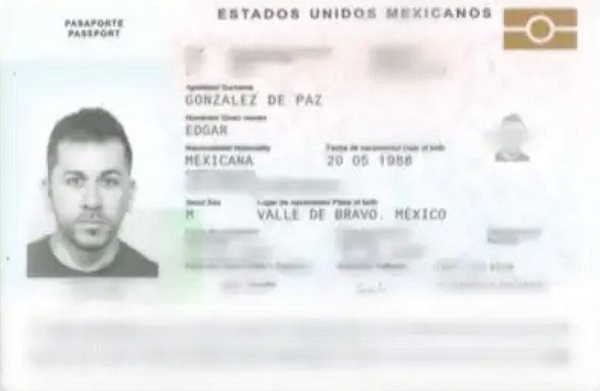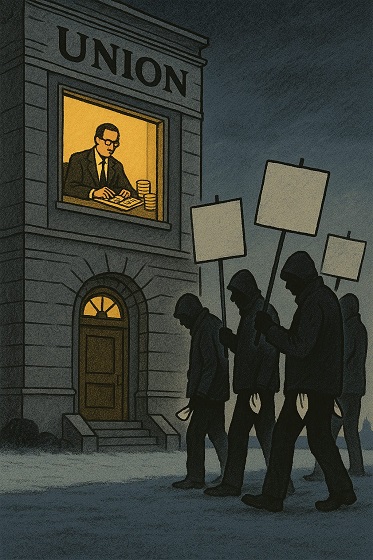conflict
How the Biden-Harris admin pushed Russia into war with Ukraine
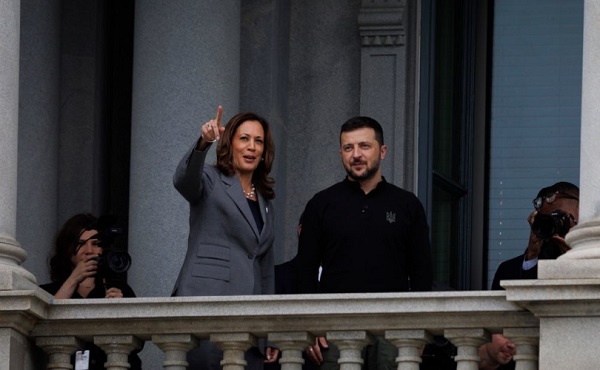
From LifeSiteNews
By Bob Marshall
I was … bothered by the references to Russia as a country dying to attack Western Europe.… Our differences in the Cold War were with the Soviet Communist regime. And now we are turning our backs on the very people who mounted the greatest bloodless revolution in history to remove that Soviet regime.
In September, Vice President Kamala Harris stated several points at the White House as to how she would handle the Ukraine-Russia war: “I will work to ensure Ukraine prevails in this war.… Putin started this war, and … Putin could set his sights on Poland, the Baltic states, and other NATO Allies.… [S]ome in my country … demand that Ukraine accept neutrality, and would require Ukraine to forego security relationships with other nations. These proposals are the same of those of Putin.”
But these are the same Biden-Harris tactics and policies that provoked war.
Harris blames Russian President Vladimir Putin for the war. But the proximate source of the Russia-Ukraine conflict goes back beyond Putin to the breakup of the Soviet Empire and even earlier.
End of the Cold War
In late October 1989, the famed Berlin Wall as a dividing line between Socialist German Democratic Republic (GDR) and West Germany, called a “wall of mistrust” by then former Soviet leader Mikhail Gorbachev, was crumbling.
Obviously, Gorbachev, with almost 400,000 troops in East Germany could have stopped the reunification. But Western officials gave Russian leaders assurances there was nothing to worry about. U.S. Secretary of State James Baker told Gorbachev that NATO expansion would proceed, “not one inch eastward.” The next day, West German chancellor Helmut Kohl assured Gorbachev, “NATO should not expand the sphere of its activity.”
The Los Angeles Times noted, “Less than a week later, Soviet President Mikhail Gorbachev agreed to begin reunification talks. No formal deal was struck, but from all the evidence, the quid pro quo was clear: Gorbachev acceded to Germany’s western alignment and the U.S. would limit NATO’s expansion.… NATO’S widening umbrella doesn’t justify Putin’s … incursions in Ukraine or Georgia. Still, the evidence suggests that Russia’s protests have merit and that U.S. policy has contributed to current tensions in Europe.”
Documents at George Washington University testify to agreements made between Western leaders and Russian officials at this time – that western nations would not expand NATO to the East.
Boris Yeltsin was the first president of the Russian Federation from 1991 to 1999, coming to office immediately after Premier Gorbachev’s resignation with the dissolution of the Soviet Empire. In 1995, President Yeltsin met with President Clinton in St. Catherine’s Hall at the Kremlin.
Yeltsin said to Clinton, “I want to get a clear understanding of your idea of NATO expansion, because now I see nothing but humiliation for Russia if you proceed. How do you think it looks to us if one bloc continues to exist while the Warsaw Pact has been abolished? It’s a new form of encirclement if the one surviving Cold War bloc expands right up to the borders of Russia. Many Russians have a sense of fear. What do you want to achieve with this if Russia is your partner, they ask. I ask it too. Why do you want to do this?”
When Clinton spoke to Yeltsin in 1995, there were 15 NATO member countries. When Clinton left office, there were 18.
Russia’s opposition to NATO expansion
In 2016, President Clinton’s former Defense Secretary Bill Perry said, “In the last few years, most of the blame can be pointed at the actions that Putin has taken. But in the early years … the United States deserves much of the blame.… Our first action … in a bad direction was when NATO started to expand, bringing in eastern European nations, some of them bordering Russia.”
Former CIA Director Robert Gates, who also served as Secretary of Defense for President George W. Bush and President Barack Obama, opposed the policy of “pressing ahead with expansion of NATO eastward [in the 1990s], when Gorbachev and others were led to believe that wouldn’t happen.”
In June 1997, 50 former senators, retired military officers, diplomats, and foreign policy academics wrote to President Clinton about the problems and ill consequences of NATO expansion:
[T]he current U.S. led effort to expand NATO … is a policy error of historic proportions.… NATO expansion will decrease allied security and unsettle European stability …
In Russia, NATO expansion, which continues to be opposed across the entire political spectrum, will strengthen the nondemocratic opposition … [and] bring the Russians to question the entire post-Cold War settlement.
In 1998, New York Times columnist Thomas Friedman asked George Kennan, who devised the successful “containment” policy to prevent the Soviet Union from achieving its goal of world domination through open warfare, what he thought of the U.S. Senate ratifying NATO expansion even up to Russia’s border. Kennan replied:
[I]t is the beginning of a new Cold War.… There was no reason for this.… No one was threatening anybody else.… We have signed up to protect a whole series of countries, even though we have neither the resources nor the intention to do so.
I was … bothered by the references to Russia as a country dying to attack Western Europe.… Our differences in the Cold War were with the Soviet Communist regime. And now we are turning our backs on the very people who mounted the greatest bloodless revolution in history to remove that Soviet regime.
In 2007, Putin noted, “NATO has put its frontline forces on our borders … and what happened to the assurances our western partners made after the dissolution of the Warsaw Pact … NATO General Secretary Mr. Woerner in Brussels on May 17, 1990 … said … ‘The fact that we are ready not to place a NATO army outside of German territory gives the Soviet Union a firm security guarantee.’ Where are these guarantees?”
Fiona Hill points to 2007 when Putin “put the world, and certainly Europe, on notice that Moscow would not accept the further expansion of NATO.… In 2008 NATO gave an open door to Georgia and Ukraine.… Four months after NATO’s Bucharest Summit, there was the [Russian] invasion of Georgia. There wasn’t an invasion of Ukraine then because the Ukrainian government pulled back from seeking NATO membership.”
William Burns, now President Biden’s Central Intelligence director and former U.S. ambassador to Russia, wrote to U.S. Secretary of State Condoleezza Rice in 2008:
Ukrainian entry into NATO is the brightest of all redlines for the Russian elite (not just Putin). In more than two and a half years of conversations with key Russian players … I have yet to find anyone who views Ukraine in NATO as anything other than a direct challenge to Russian interests.
Putin told Burns in 2008: “No Russian leader could stand idly by in the face of steps toward NATO membership for Ukraine. That would be a hostile act toward Russia. We would do all in our power to prevent it.”
In 2015, the German Der Speigel magazine interviewed Zbigniew Brzezinski, former national security advisor to President Jimmy Carter, regarding the status of Ukraine in response to the abrupt change in the presidential leadership and Russia’s annexation of Crimea. Brzezinski suggested that “Ukraine should be free to choose its political identity.… But … Russia should be assured credibly that Ukraine will not become a member of NATO.”
More recently in 2022, the Wall Street Journal reported, “Pope Francis said that the ‘barking of NATO at the door of Russia’ might have led to the invasion of Ukraine.… The pope … deplored the brutality of the war.… Pope Francis … described Russia’s attitude to Ukraine as ‘an anger that I don’t know whether it was provoked but was perhaps facilitated’ by the presence in nearby countries of the North Atlantic Treaty Organization.… ‘In Ukraine, it was other states that created the conflict.’”
The caution of these experienced statesmen and world leaders is lost on President Joe Biden and Vice President Kamala Harris.
This article is reprinted with permission from the Family Research Council, publishers of The Washington Stand at washingtonstand.com.
Artificial Intelligence
AI Drone ‘Swarms’ Unleashed On Ukraine Battlefields, Marking New Era Of Warfare


From the Daily Caller News Foundation
Artificial intelligence-powered drones are making their first appearances on the battlefield in the Russia-Ukraine war as warfare creeps closer to full automation.
In bombardments on Russian targets in the past year, Ukrainian drones acting in concert were able to independently determine where to strike without human input.
It’s the first battlefield use of AI “swarm” technology in a real-world environment, a senior Ukrainian official and Swarmer, the company who makes the software, told the Wall Street Journal in a Tuesday report. While drones have increasingly defined modern battlefields, swarms until now had been confined to testing rather than combat.
“You set the target and the drones do the rest,” Swarmer Chief Executive Serhii Kupriienko told the WSJ. “They work together, they adapt.”
So far, the Swarmer technology has been used hundreds of times to target Russia assets, but was first used a year ago to lay mines on the front, the Ukrainian official told the WSJ. The software has been tested with up to 25 drones at once, but is usually utilized with only three.
Kupriienko told the WSJ that he was preparing to test up to 100 drones at once with the linking software.
A common arrangement used on the battlefield includes one reconnaissance drone to scout out the target and two explosive drones delivering the payload on target, the official told the WSJ.
While Western nations such as the U.S., France and the United Kingdom are also pursuing drone swarm technology, they have not deployed swarm technology on the battlefield the way Ukraine has, according to the WSJ. Currently, autonomous weapons are not regulated by any international authority or binding agreement, but ethical concerns around the technology has led many to call for increased regulation of weapons like the Swarmer system.
The Ukrainian Ministry of Foreign Affairs did not immediately respond to the Daily Caller News Foundation’s request for comment.
conflict
Trump Pentagon Reportedly Blocking Ukraine From Firing Western Missiles Deep Into Russia


From the Daily Caller News Foundation
The Department of Defense has spent months blocking the Ukrainian military from using American and British-made missiles to hit targets deep inside Russia, The Wall Street Journal reported Sunday, citing unnamed U.S. officials.
Undersecretary of Defense for Policy Eldridge Colby reportedly designed the procedure to review requests to carry out the long-range strikes with weapons that are either of U.S. origin or that require American intelligence or use components provided by the U.S., according to the WSJ. Secretary of Defense Pete Hegseth reportedly has the final say on whether Ukrainian forces can use the MGM-140 ATACMS (Army Tactical Missile System) to hit targets in Russia.
The reported blocks on missile strikes coincides with a Trump administration effort to broker a peace deal between Russia and Ukraine. A Pentagon spokesperson declined to comment further on the matter.
BREAKING: President Vladimir Putin reacts to B-2 Flyover pic.twitter.com/1mzVn7DxlW
— Jack Poso 🇺🇸 (@JackPosobiec) August 15, 2025
The Biden administration allowed Ukraine to carry out strikes with ATACMS in November, weeks after President Donald Trump won the 2024 election, the New York Times reported. Trump criticized the move during a December interview with Time magazine.
“It’s crazy what’s taking place. It’s crazy,” Trump said. “I disagree very vehemently with sending missiles hundreds of miles into Russia. Why are we doing that? We’re just escalating this war and making it worse. That should not have been allowed to be done.”
Trump and Russian President Vladimir Putin met in Alaska on Aug. 15 for a summit meeting during which Trump sought to secure a cease-fire in Russia’s war with Ukraine. As Trump greeted Putin, a B-2A Spirit stealth bomber and several fighters carried out a flyover of Elmendorf Air Force Base.
Trump met with Ukrainian President Volodymyr Zelensky and major European leaders on Aug. 18 to update them on the summit.
In July, Trump reached an agreement with NATO where members of the alliance would purchase weapons, including MIM-104 Patriot surface-to-air missiles, and donate them to Ukraine.
-
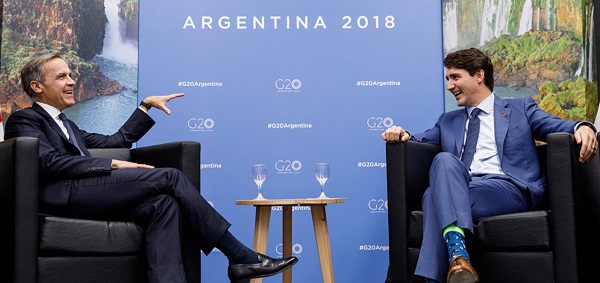
 Carbon Tax2 days ago
Carbon Tax2 days agoCarney fails to undo Trudeau’s devastating energy policies
-
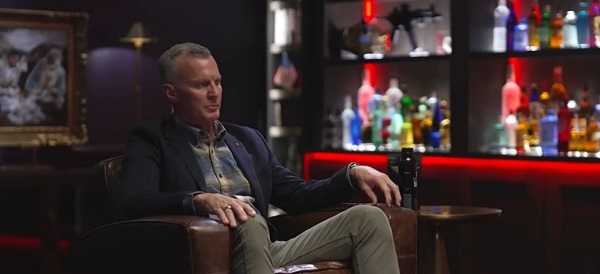
 Daily Caller2 days ago
Daily Caller2 days ago‘Holy Sh*t!’: Podcaster Aghast As Charlie Kirk’s Security Leader Reads Texts He Allegedly Sent University Police
-

 Alberta1 day ago
Alberta1 day agoAlbertans choose new licence plate design with the “Strong and Free” motto
-
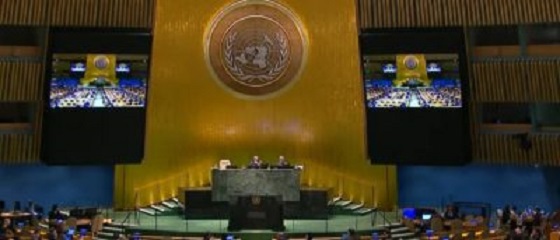
 Business2 days ago
Business2 days agoThe UN Pushing Carbon Taxes, Punishing Prosperity, And Promoting Poverty
-

 Agriculture2 days ago
Agriculture2 days agoFederal cabinet calls for Canadian bank used primarily by white farmers to be more diverse
-
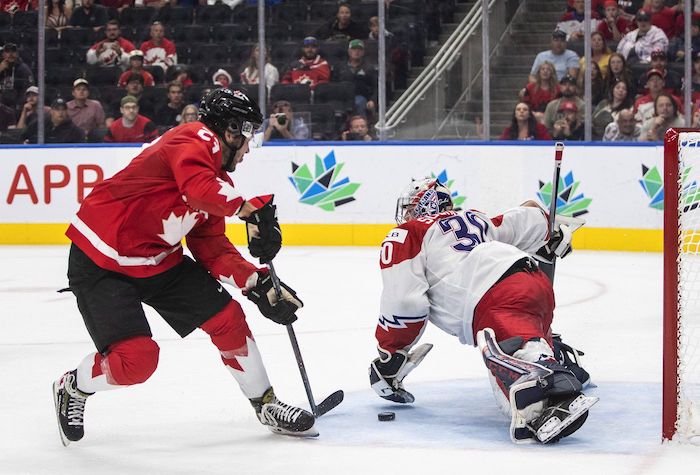
 Alberta1 day ago
Alberta1 day agoEdmonton and Red Deer to Host 2027 IIHF World Junior Hockey Championship
-

 Great Reset2 days ago
Great Reset2 days agoCanadian government forcing doctors to promote euthanasia to patients: report
-
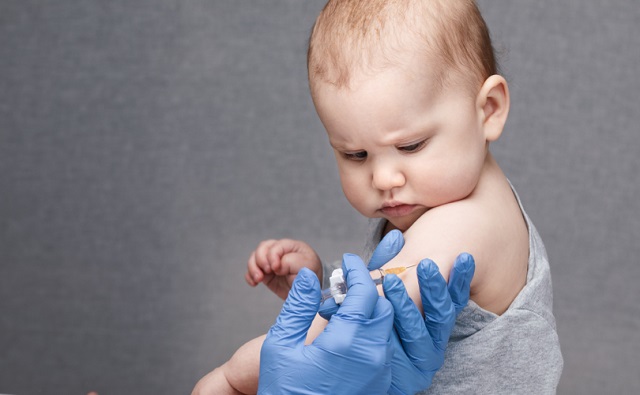
 Health2 days ago
Health2 days agoNEW STUDY: Infant Vaccine “Intensity” Strongly Predicts Autism Rates Worldwide



